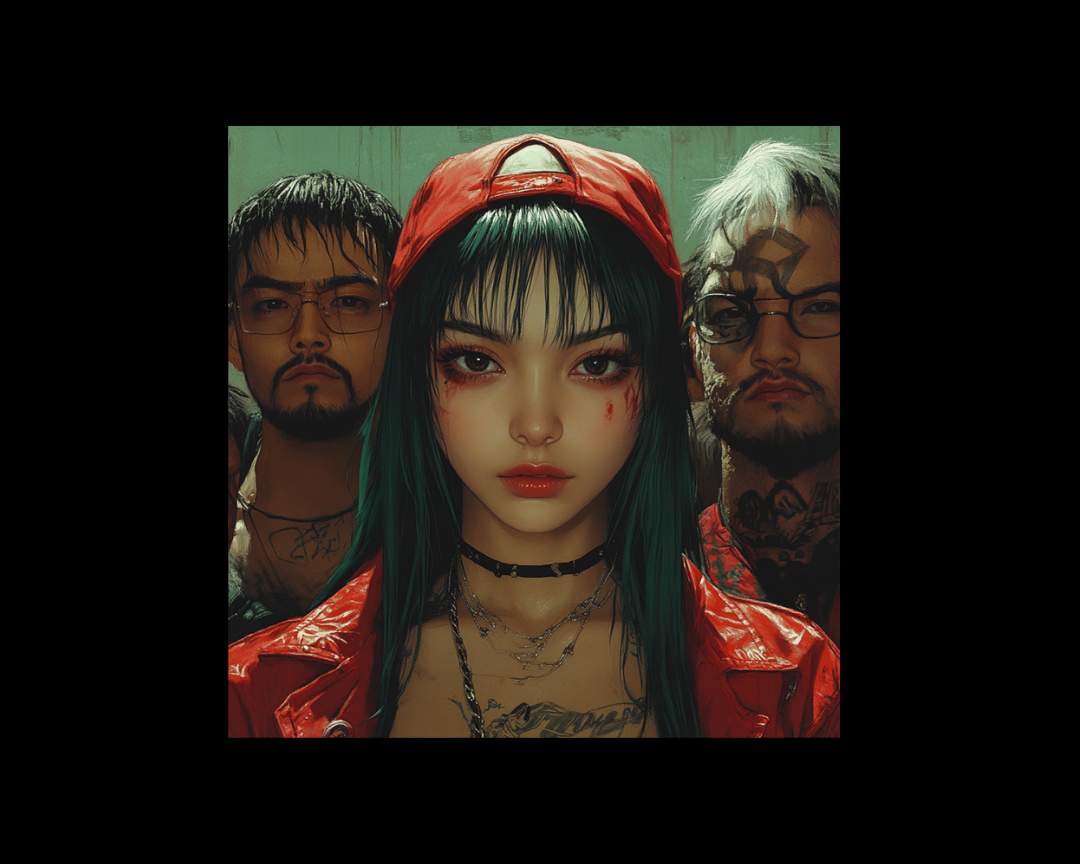“America’s News Influencers”: Insights into the Rise of Social Media News Creators
@winsomepr Bye old media. Ya basic. #news ♬ APT. - ROSÉ & Bruno Mars
3 min read
 Writing Team
:
Aug 26, 2024 9:00:00 AM
Writing Team
:
Aug 26, 2024 9:00:00 AM
-2.png)
The influencer marketing landscape has grown significantly, with influencers becoming key partners for brands looking to reach new audiences. But how do successful influencers decide what to charge for their work? Understanding influencer rates and pricing formulas is crucial for maximizing your budget in 2024. This guide covers everything you need to know about influencer costs on popular platforms, factors affecting pricing, and strategies to ensure you get the best value for your investment.
Let's talk about influencer pricing by platform.
According to Statista, mega-influencers charge a minimum average price of $1,200 per Instagram post. Nano-influencers, with smaller but highly engaged audiences, charge between $25 and $150 per post. Mid-tier influencers can command rates ranging from $160 to $1,800 per post. Types of Instagram content include collab posts, story takeovers, sponsored posts, sponsored videos, Instagram Live sessions, and Instagram AMAs.
TikTok influencer rates also vary widely. Nano-influencers may charge around $20 per post, while mega-influencers can demand $1,200 and up. TikTok content typically includes collab posts, takeovers, and sponsored videos, integrating brand messages into the influencers’ unique styles.
YouTube influencers often command higher rates due to the platform's long-form content nature. The average cost of a YouTube video by an influencer is $2,102. Nano-influencers can earn around $315 per video, while mid-tier influencers might make $782 per video. Common content types include collab posts, takeovers, sponsored videos, and live streams.
Influencer rates on X average $2 per post per 1,000 followers. A nano-influencer might charge $20 per post, while a mega-influencer could command up to $2,000 per post. Content types include post threads, sponsored posts, and reposting brand content.
Facebook influencer rates start similarly to X but can rise significantly. Nano-influencers charge between $25 and $250 per post, while micro-influencers can command $250 to $1,250 per post. Mega-influencers might charge $25,000 per post or more. Facebook content includes Facebook Live sessions, sponsored posts, collaborative content, and Facebook Stories.
Twitch is centered around live streaming, with sponsored Twitch videos being particularly lucrative. Statista reports the average sponsored Twitch video costs $4,373. Common content includes product placements, endorsements, sponsored gameplay, and branded channel panels.
Calculating fair influencer rates involves considering several metrics and variables. Here are a few key methods:
Calculate a baseline rate based on the influencer’s follower count. For instance, use $100 per 10,000 followers as a base rate. Adjust for the type of post, engagement rate, audience demographics, production costs, content quality, and the partnership's scope.
Track conversions with special codes. Base rates should consider the influencer’s history of driving conversions, the type of post, specific call-to-actions, and audience receptiveness.
Engagement rates (ERpost) are crucial. Calculate ERpost by dividing total engagements (likes, comments, shares) by the influencer’s follower count, then multiply by 100. This metric shows the influencer's effectiveness in engaging their audience.
Influencer marketing offers incredible potential for brands, but understanding the right rates and maximizing your budget is essential. By considering the platform, audience size, engagement rates, and other key variables, you can ensure a successful and cost-effective influencer marketing campaign.
Start planning your next influencer marketing campaign with these tips in mind. Track your progress, refine your approach, and maximize your budget to achieve your marketing goals.

@winsomepr Bye old media. Ya basic. #news ♬ APT. - ROSÉ & Bruno Mars

If you're still sleeping on influencer marketing, it's time to wake up. This isn't some flash-in-the-pan trend with a market set to hit $21.1B. It's...

The virtual creator landscape has undergone a seismic transformation in recent years, evolving from niche curiosity to mainstream cultural...